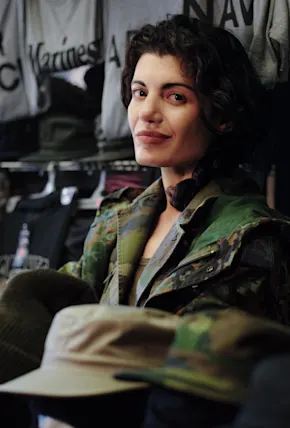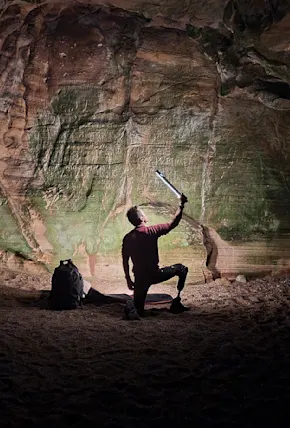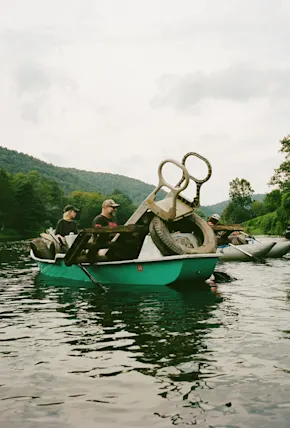The analog photography community is a growing one. Even a glance through social media reveals that there's no shortage of folks taking pictures in urban and outdoor environments, one at a time. Many of them are underground artists, their work often overlooked, while others have managed to wind and develop their way into the limelight. Like Joe Greer. If you haven’t heard of him, chances are you've double-tapped his work.
Greer, who is widely praised throughout the film community for his dreamy landscapes, portraits, and street scenes, has set himself apart from others as a self-taught artist with a broad scope and individual style. With over 635k followers on Instagram and a client roster that includes companies like Apple, VSCO, Cadillac, and Mont Blanc, to name a few, Greer continues to push the envelope and define his voice.

Joe Greer with his LinkLeica M6 & Pentax 67
But Greer's CV is just surface level. Strip away the numbers, the partnerships, and the blue checkmark and you're still left with the question: Who is Joe Greer? How does he think; how does he operate? Who is the man behind the camera, really?
In his new book, The Lay of the Land, published by HarperCollins, Greer attempts to answer that question for both himself and his fans over 100-plus pages of text and photos. The work is a visual memoir (though Greer is still cresting his mid-thirties) that unpacks the deeper connections between oneself and the natural world.
Recently, I had a chance to speak with Greer about The Lay of the Land. During the conversation, he opened up about his journey as an artist, reflecting on his life and the happenstance moments that ultimately led him to photography.















